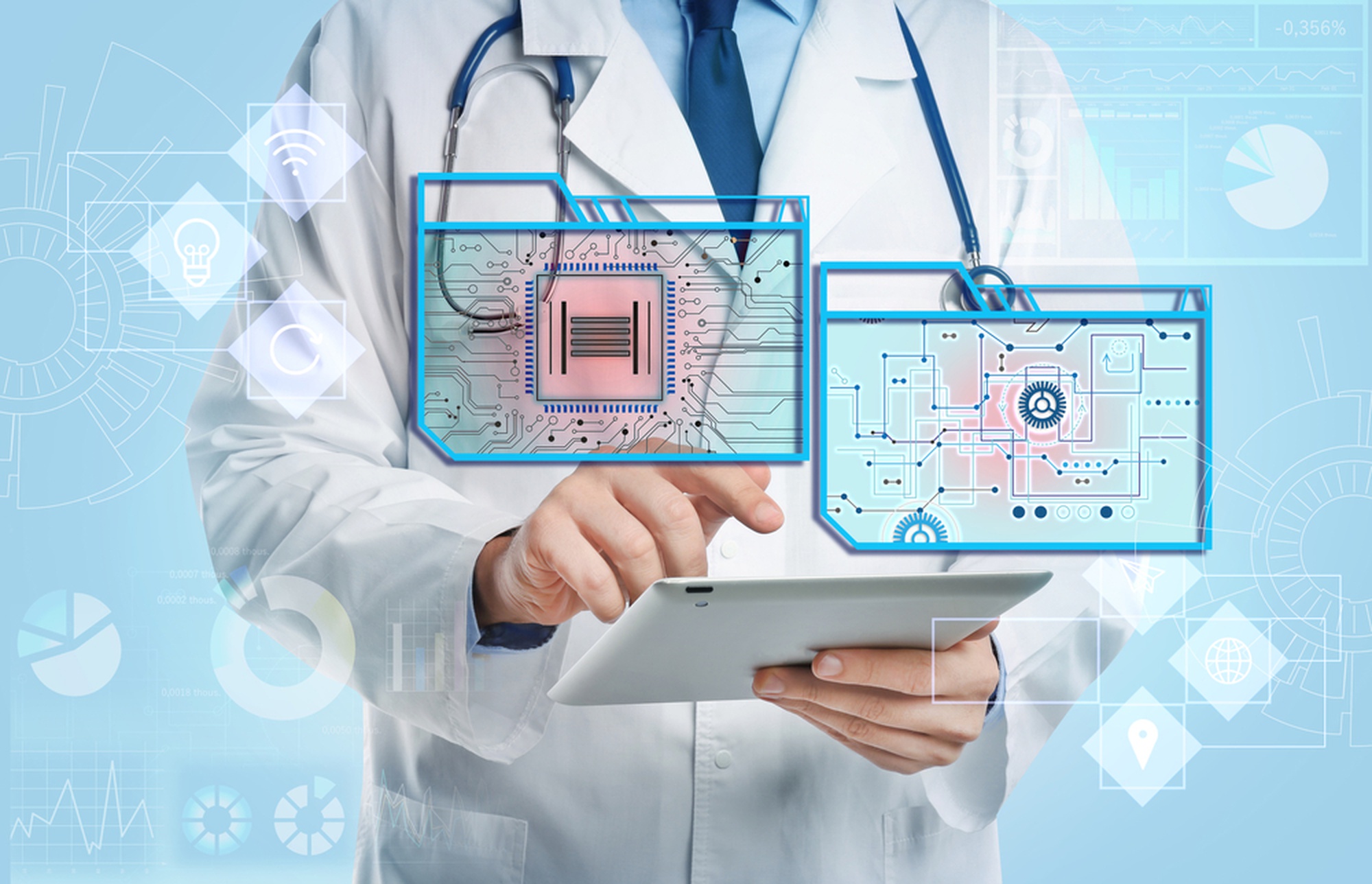In today's digital world, data permeates every aspect of our lives. It's so omnipresent and available that the idea of having to mine it seems a bit odd. Yet, data mining in healthcare is a very real and effective practice. It helps optimize costs, improve patient outcomes, and prevent fraud. There's a little twist in the definition, but we'll get to that in a minute.
Could the industry do without it? Maybe, but there'd always be more raw data to crunch and inferences to make every day. With the switch to telemedicine, the proliferation of IoT devices, and the adoption of EHRs, the pool of health information keeps growing, and leaving its value untouched makes little sense.
As a software development company that specializes in healthtech, Demigos is no stranger to data mining. The solutions we create often involve processing and interpreting medical big data, and we know how instrumental the results can be.
In this post, we'd like to share some of our knowledge with you. We'll cover the basics of healthcare data mining, explain its benefits, dig into techniques, and take a peek into the method's future. Spoiler: it's looking bright.
But let's start slow — by defining the concept.
What is data mining in healthcare?

The term itself is a little confusing: we're not actually mining data but are looking for gems in it instead. Here's a more formal definition.
Data mining is the process of sifting through large datasets in search of patterns and valuable information. It employs various methods of statistical analysis and uses machine learning techniques to turn massive amounts of data into meaningful insights. A simple example: by comparing the symptoms of multiple patients being treated for the same condition, the software can help doctors identify the best treatment plan.
Experts report that the global market for data mining software is on the upturn: from $519.3 million in 2017 to a predicted $1 billion by 2023. It's hardly surprising that these tools are becoming indispensable for the healthcare sector, and we're about to find out why.
Benefits of data mining in healthcare
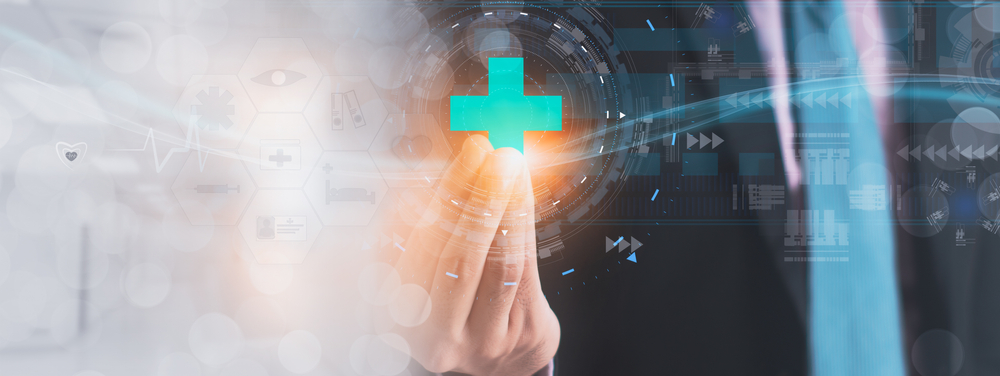
Today, the healthcare industry is responsible for producing about 30% of all global data, and by 2025, this will reach 36%. The ability to make sense of that segmented data can give any medical organization a major strategic advantage. Here are some of the top perks you can unlock with an efficient medical data mining implementation:
Enhanced clinical decision-making
It's becoming increasingly common for hospitals to adopt CDSS (clinical decision support systems). These systems either use a knowledge base and apply rules to drive decisions or utilize machine learning to make inferences based on data analysis. Solutions of the latter kind benefit greatly from data mining — for instance, when comparing a patient's history and symptoms with current clinical research or similar cases.
Increased diagnosis accuracy
The use of data mining in healthcare helps doctors make more conclusive, evidence-based diagnoses in a short time frame. While it still takes an experienced clinician to arrive at the final decision, AI-enabled software can process vast arrays of data in a matter of seconds. Content like X-ray or MRI images and blood tests can quickly undergo analysis and classification to help with the early detection of tumors and other abnormalities. That speed and accuracy of interpretation can make all the difference when treating complex conditions with ambiguous symptoms.
Improved treatment efficiency
Every healthcare provider strives to achieve the best quality of medical care for its patients. With data mining, analyzing the available treatment plans, comparing their efficacy, and selecting the best one becomes easy. Furthermore, clinicians can monitor their patients' conditions with data transmitted by medical IoT devices and adjust treatment accordingly.
Avoiding harmful drug and food interactions
Some medicines can be less efficient or cause adverse side effects when taken together or in combination with certain types of food. The US Food and Drug Administration recommends consumers to talk to a doctor or pharmacist before taking a new drug. In reality, there isn't always time for that in a clinical setting.
Data mining in healthcare can help mitigate those risks. While the most dangerous drug interactions are well studied, new drugs are being developed constantly, and there's always a chance of human error. Doctors, nurses, and patients will all benefit from a system that can track the chemical composition of medications and analyze research and clinical data.
Better customer relationships
Integrating a data mining module into your CRM software can prove beneficial for many reasons. Here are the top three:
-
The system can connect patients with certain conditions to medical professionals who have the capacity and the required experience to help. This improves customer satisfaction and leads to better outcomes.
-
By using data extracted from similar cases, hospitals can better predict possible complications and recovery timelines. This helps schedule follow-up visits and prevent readmissions.
-
With the right data available for analysis, the CRM can track customers' pharmacy purchases. This information can help doctors understand whether a patient follows their treatment plan and takes the prescribed medication.
Using data mining, healthcare providers can achieve higher levels of efficiency, as well as build customer loyalty.
Detection of insurance fraud
Another upside of using data mining in the healthcare industry lies in its ability to identify fraudulent insurance claims. According to the Coalition Against Insurance Fraud, false and forged claims amounted to a whopping $3.1 billion in 2021. Healthcare data mining techniques can reduce those losses by detecting inconsistencies and red flags in documents, thanks to advanced analytics.
Enabling predictive analysis
While allocating extra resources for analysis may not sound like a benefit, it does open new possibilities. Besides, the cost of data mining won't be extraordinary with software that's been properly designed. Using healthcare data mining in combination with predictive analysis, medical professionals can:
-
Prepare for spikes in seasonal and other infections
-
Avoid staff shortages and drug understocking
-
Proactively implement new approaches and technologies while ditching legacy ones
Summing up, medical organizations can use data mining to reduce healthcare costs, optimize resources, and provide an overall better service for their patients. And while the benefits look attractive, the process isn’t as simple as it seems. Let’s look at it step by step.
How does data mining work in healthcare?
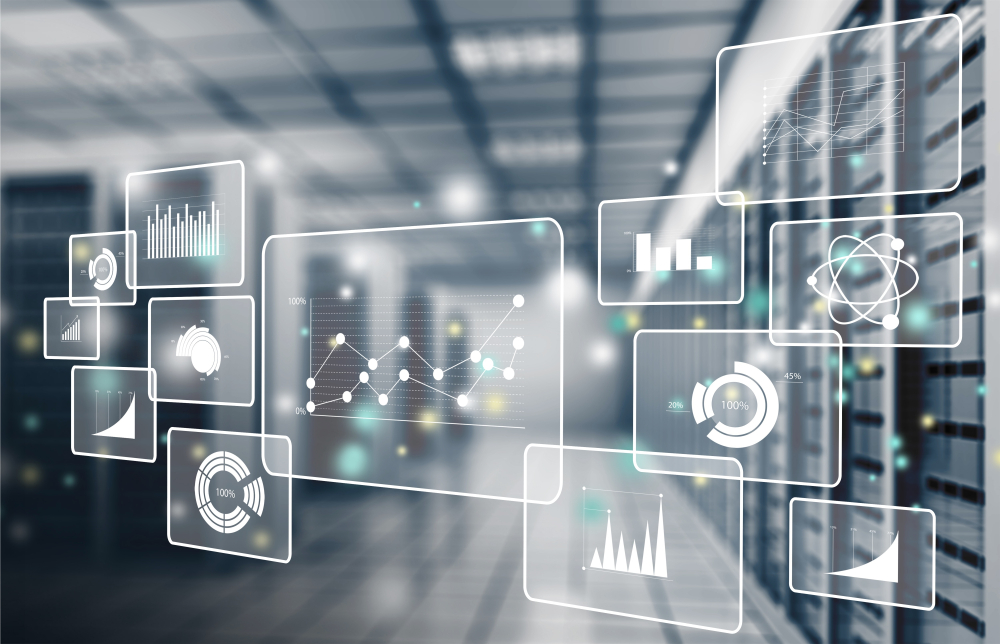
Computing technology has long found its way into healthcare. The computing power of cloud solutions and the self-learning abilities of AI (artificial intelligence) algorithms are the backbone of medical data mining. Besides that, you'll need actual sets of data to train the model to recognize patterns and extract insights.
When all the components are in place, the process of mining data will go through the following stages:
-
Acquisition/selection. During this stage, a target set is created with original data.
-
Preprocessing. Data is formatted, and its quality is standardized.
-
Mining. The actual step of detecting patterns and knowledge.
-
Interpretation. Extracting insights from the patterns mined.
These are the basic steps of data mining for the healthcare industry. Pretty straightforward, right? However, there’s another detail we need to mention.
There’s an aspect of data mining that is specific to healthcare — very rigid rules on personal data protection. If you’re developing data mining software for the US market, make sure you meet data security requirements and comply with all the regulations. It’s always best to implement standard security practices from the start to prevent potential medical data breaches.
And now, let’s find out what statistical methods and techniques power healthcare data mining.
Techniques used in data mining

The selection of data mining techniques in healthcare is quite wide, so we’ll only focus on those that are used most frequently. In essence, all of these employ mathematical analysis to discover relationships and patterns within data sets.
Classification
Data mining tools utilize classification algorithms when data needs to be categorized into several groups based on set criteria. For instance, classifiers can help medical professionals find correlations between signs of diabetes and the presence of specific microbiota in the human intestine.
Classification algorithms include support vector machines, artificial neural networks, and decision trees.
Clustering
When we don’t have much information about the nature of data objects, clustering is a great data mining algorithm to go for. This model attempts to split data into different subcategories according to similarities it finds. The algorithm doesn’t need any specific criteria to be entered beforehand and learns on its own.
Example: clustering can be used to automatically group patients by attributes like age, sex, and the severity of their condition. K-means clustering is one of the algorithms most commonly used for such purposes.
Association
Just as the name suggests, algorithms of this type attempt to find complex interrelations between data attributes. Like looking for a connection between nutritional habits and hypertension, for instance. When a rule is established, it can be applied to detect similar instances in a given set of data.
Outlier detection
The application of this method in data mining comes down to detecting abnormalities in datasets. It’s often used to exclude irregular or irrelevant data that could otherwise reduce the overall accuracy of research.
Prediction
By combining prediction algorithms with the other types listed above, data specialists can effectively forecast outcomes based on current and historical data. For instance, by comparing the patient’s history of disease with their current vitals and test results, medical software can predict the probability of recurrence. The random forest method is one of the most popular predictive algorithms.
Now that you have a better grasp of data mining techniques in healthcare, it’s time to illustrate their use with a few examples.
Examples of data mining use in healthcare
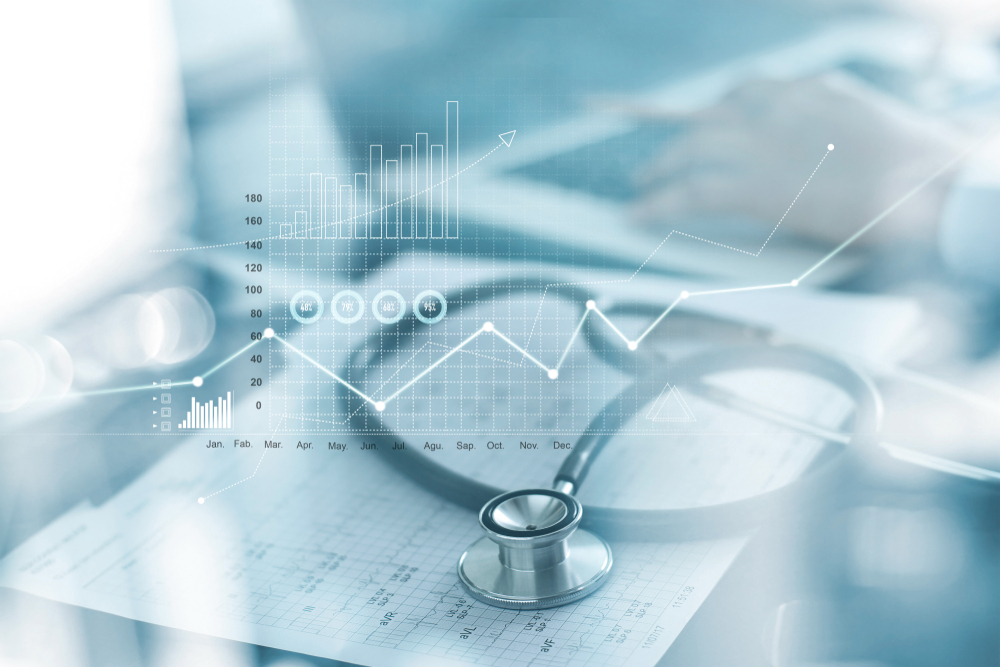
How to use data mining in healthcare? The rapid development of data analytics solutions is creating unlimited opportunities for new medical studies, speeds up diagnostic procedures, and leads to the highest accuracy rates. Below are several examples of the application of data mining in healthcare that prove this.
Brain tumor segmentation with data mining
A group of six scientists completed their research on classifying brain tumors with the help of K-means clustering and deep learning (a subset of machine learning).
The original data sets were created from MRI scans then fed into the data mining system for preprocessing and algorithmic analysis. After passing the data down a pipeline of several statistical classifiers and geometric identification models, the system was able to differentiate between benign and malignant tumors. The resulting average accuracy turned out to be 95.62%, much higher than expected or achieved previously in similar experiments.
In order to train the model even better, scientists augmented the MRI scans with synthetic data. Deep learning algorithms require large amounts of labeled data for training, so the team took the original images and applied cropping, flipping, distortion, and noise to increase data volume.
The result was a system capable of classifying brain tumors with a phenomenal accuracy of 98.3%.
Identifying and preventing fraud
A team of Italian scientists performed an analysis of patterns of fraud-associated behavior across 183 hospitals in Lombardia.
The process consisted of two stages:
-
Using K-means clustering, the team identified batches of hospitals with similar procedures for treating heart failure. This was done to simplify the process of finding outliers — irregular behavior patterns.
-
The second stage was supervised by human auditors, who assisted the algorithmic model by cross-validating outliers based on fraud-related behavior.
As a result, the team was able to pick out two hospitals whose patterns pointed towards possible fraud. No further action was taken, as the data mining algorithms were simply being tested.
Exploring dietary patterns of Americans
This study focused on identifying popular dietary choices of the US population and evaluating the overall quality of nutrition.
The team used data from publicly available databases and preprocessed it according to demographics and other characteristics. An algorithm called a PCA (principal component analysis) and other statistical methods were then applied to discern patterns and associations.
The study revealed a negative effect of ultra-processed food on the overall quality of diet. At the same time, a diet rich in vitamin C, magnesium, potassium, and fiber was identified as the most well-balanced option. A low intake of sugar and saturated fats also had a positive effect on nutrition.
As you can see, data mining has multiple applications in the health domain. The last topic on today's agenda is — how will it transform the industry?
The future of data mining in healthcare
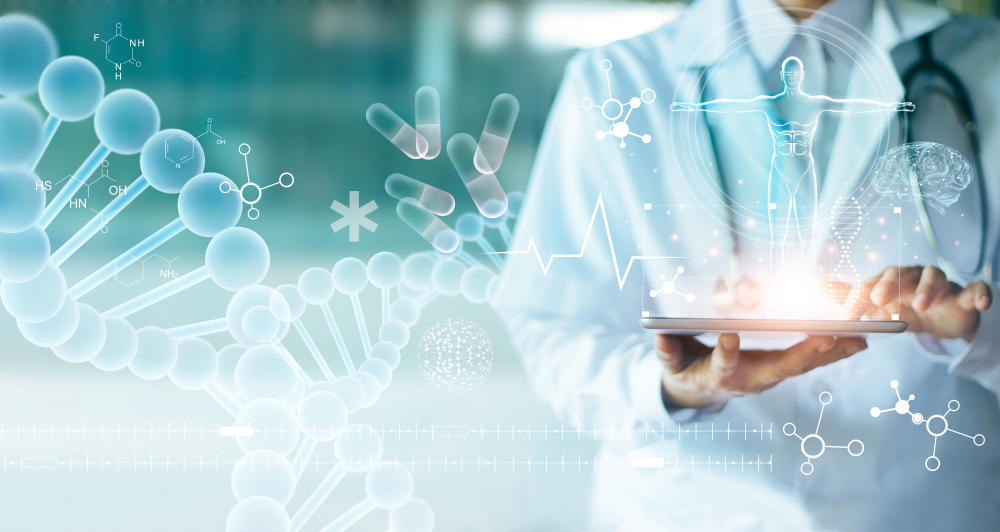
As healthcare data mining gets widely adopted and the technology behind it matures, providers can further capitalize on its advantages. We expect a few specific trends to hit the scene in the near future, which will enable:
-
Better revenue cycle management for medical organizations
-
More efficient treatment of rare diseases
-
Higher survival rates for cancer patients
-
Drastic improvements in quality of care for patients, including underprivileged groups
-
Pre-emptive measures against infectious diseases at the national level
Data mining is already revolutionizing the healthcare sector, and the progress can’t be stopped. More data is being aggregated and processed with the help of machine learning algorithms. Thanks to real-time analytics, the industry is becoming more agile and resilient, capable of weathering any storm that may come its way.
Get into data mining with Demigos
Integrating medical data mining into your medical workflow is a must for all modern healthcare organizations. And if you need a software partner to help implement your vision, Demigos is ready to step in.
Our engineers are skilled and experienced in creating healthtech and agetech solutions — such as one of our latest projects, GapNurse. The profound knowledge of data mining algorithms possessed by our team will cover all your needs, and the quality of our code will exceed your expectations.
Got questions? Our team has the answers. Get in touch with us today.

